 Did you know?
Did you know?
But even though they are common, or “normal”, doesn’t mean we should ignore it, allow it fester, and evolve into chronic conditions.
Research into spinal pain disorders continues to shed light on best practices, including the role of chiropractic care.
But what is chiropractic care?
If your reflex/default answer is “spinal manipulation”, you’re only very minorly correct. Chiropractic care is everything I do from the moment you walk into my office through our entire doctor/patient relationship. This relationship can last between an hour (i.e. 1 visit) up to decades.
In fact, many patients of mine today are patients I met 20 years ago. This might suggest “failed” treatment. It isn’t. Just ask me, or better yet – the patient – we’ll both tell you that the ongoing relationship is integral to managing pain, improving function, and fostering a healthy lifestyle. And, furthermore, a lifestyle that limits surgeries and reliance on medication.
Chiropractic care includes:
- Reviewing your health history: This conversation, alone, often identifies lifestyle details that may need to change to improve your health.
- Examining your body: Examination can not only identify injured or painful structures, but to identify areas of weakness of dysfunction that can then be improved with treatment, exercise, or lifestyle management.
As the above point mentions, chiropractic care obviously includes treatment, but treatment varies from patient to patient, depending on various factors such as safety of the treatment for the patient, previous experiences, wants, evidence for said treatment, and much more.
Passive (i.e. being done to you) treatments in my office include:
- Spinal manipulation;
- Spinal and extremity joint mobilizations;
- Laser Therapy;
- Soft tissue therapies, such as Graston Technique, Functional Release, traditional massage.
Active (i.e. being done by you) treatments in my office include:
- Chiropractic care “treatments” also includes the exercises we practice together, and the exercises I recommend you do on your own. After all, the most significant intervention for musculoskeletal complaints, such as spine pain, is exercise!
- Chiropractic care ALSO includes contextual factors like education about your condition and the science of pain, as well as important lifestyle factors like sleep quality/quantity, nutrition, fitness routine, and more.
For me, 2024 represented “looking back” at what I’ve learned in my first 20 years in chiropractic practice. 2025 is going to represent looking forward. This will include an emphasis on mastering the scientifically proven basics of managing back and neck pain to not only help you now, but also to set you up to live well later.
Get Started today
So, whether you’re dealing with back or neck pain now (or some other musculoskeletal complaint), or preparing to avoid/limit it in the future, I have plenty of tools in my toolbelt to help you.
Contact Dr. Michael Berenstein today to start your journey in 2025.
